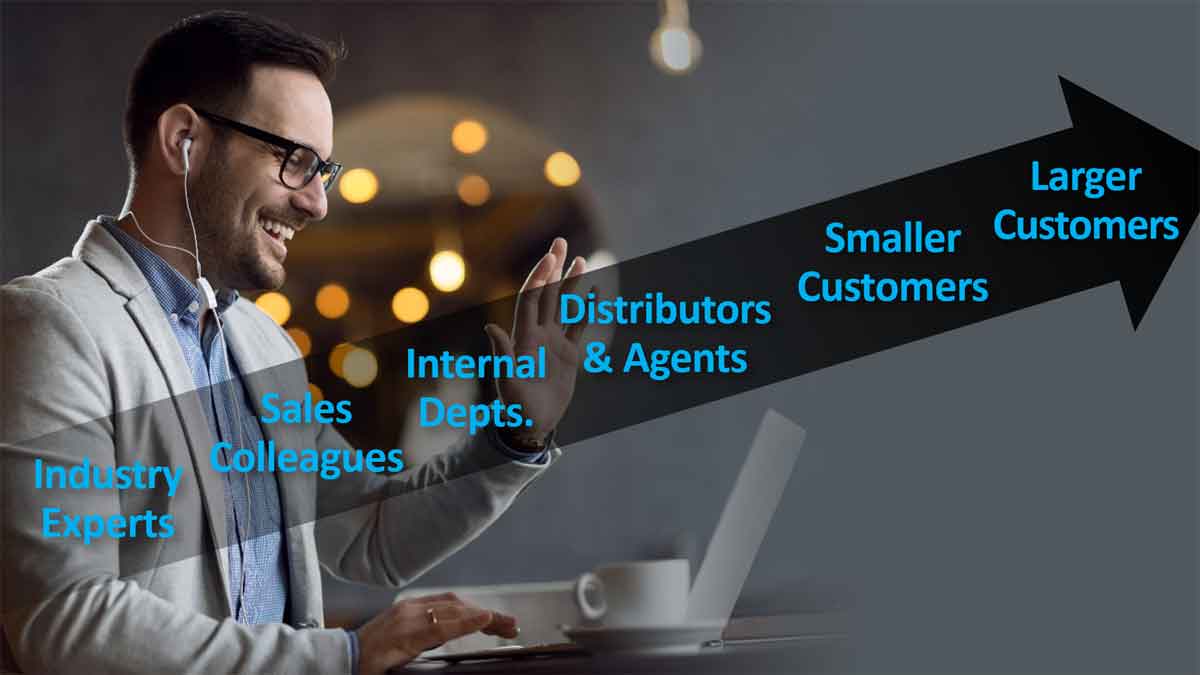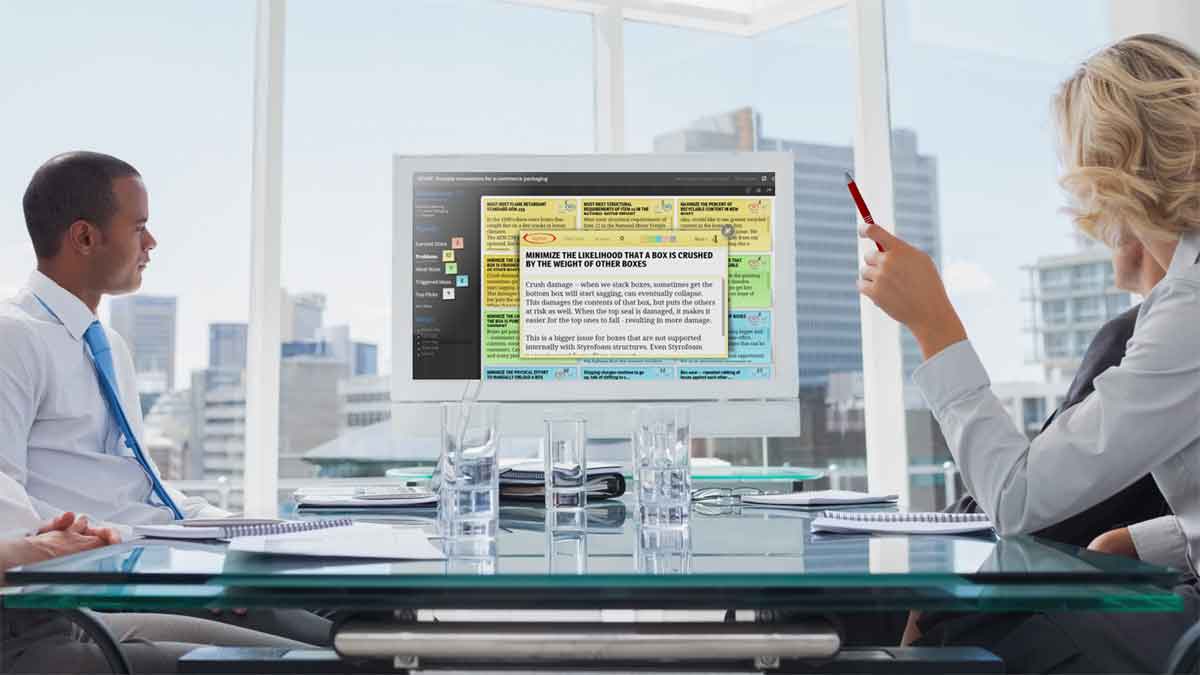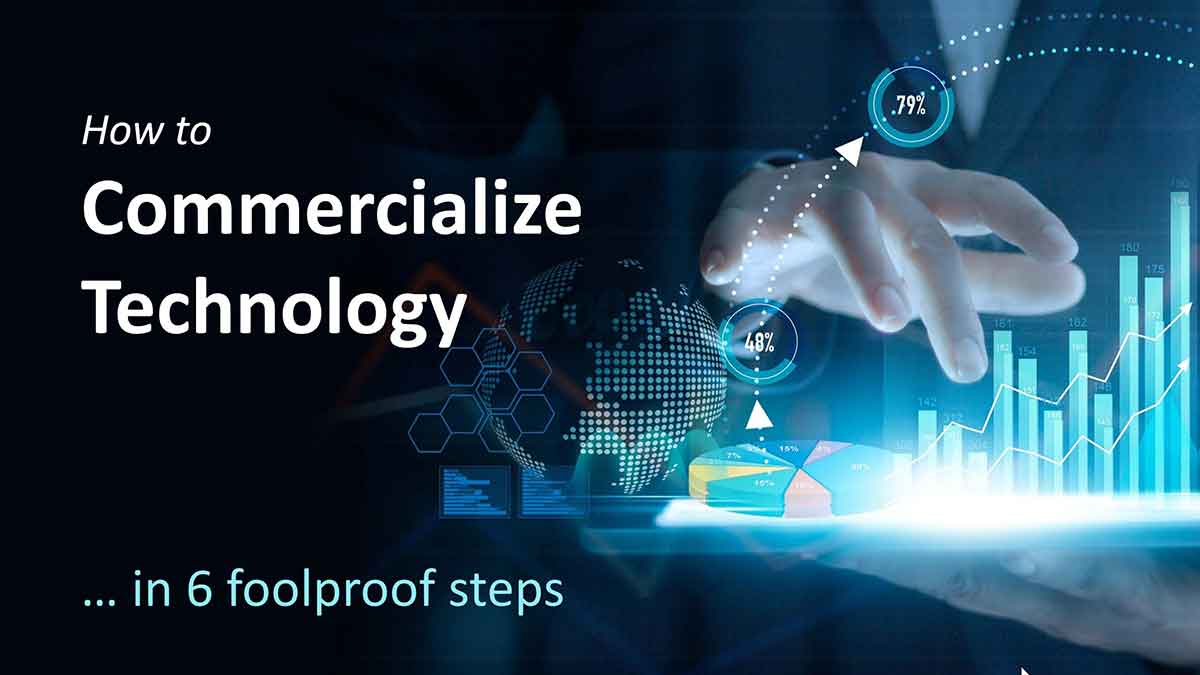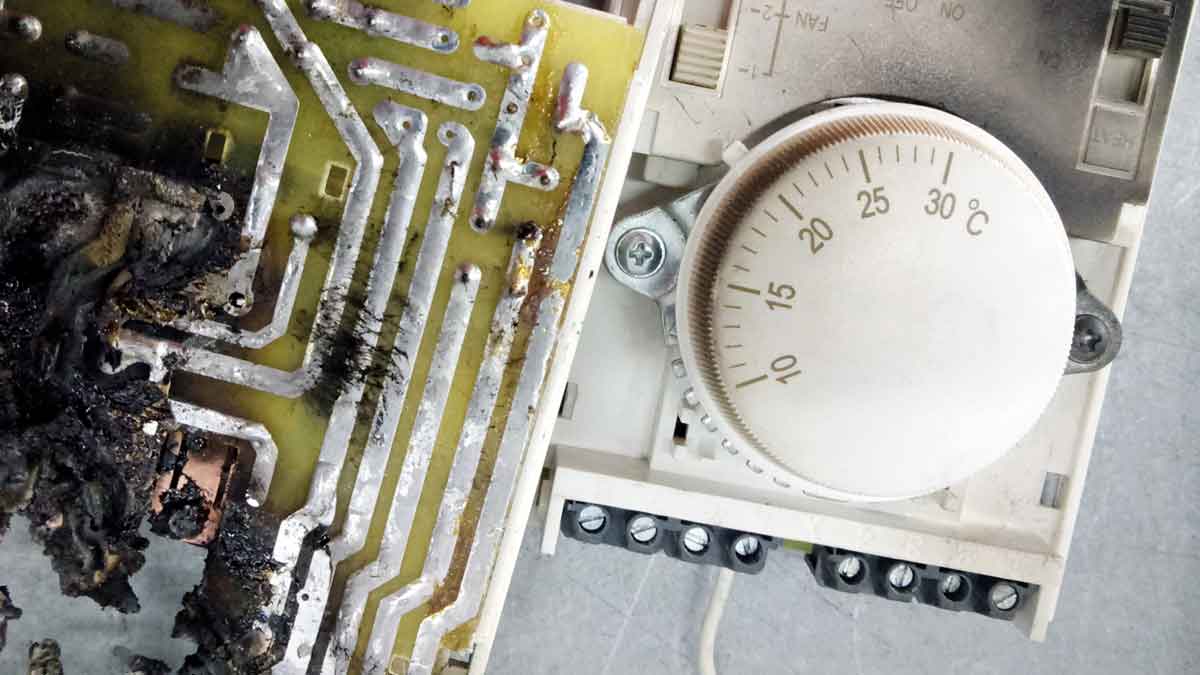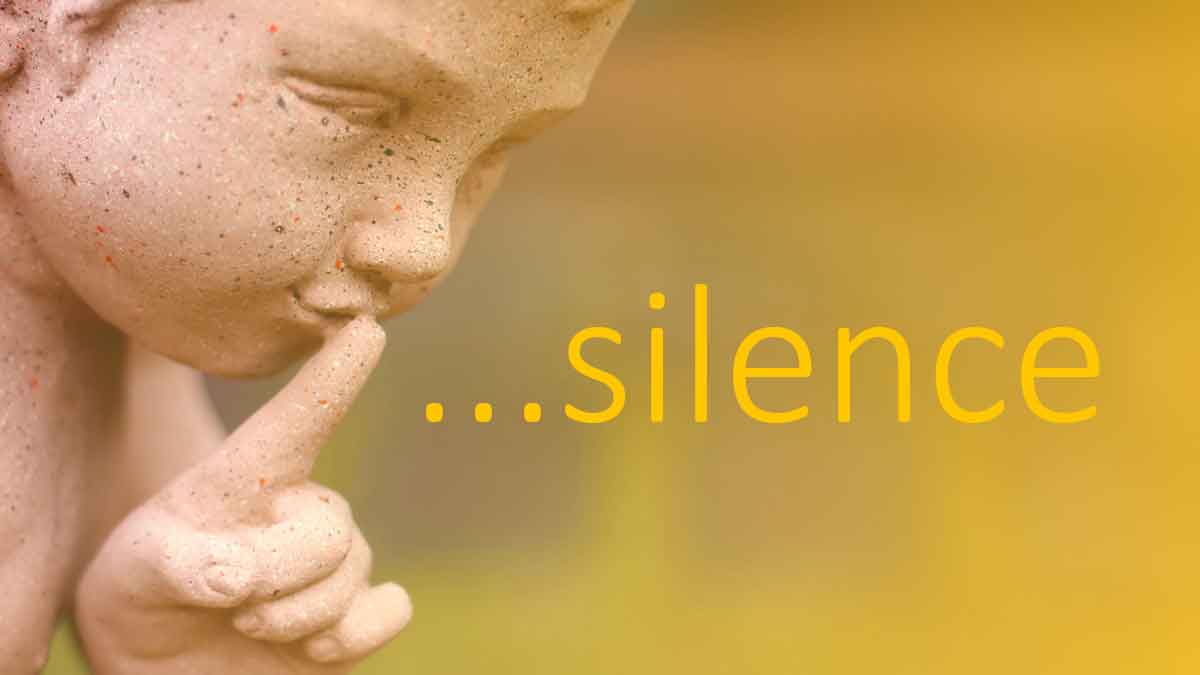New product innovation is a tough business. You don’t get to decide what customers want, or how fast your market grows, or if the laws of science permit a breakthrough product. But you can decide how much commercial risk you’d like to absorb… if you are a B2B supplier. This isn’t as true for B2C. ... Read More
Blog Category: Product Development
The incredible power of customer tours.
How valuable are B2B customer tours? In the early 1980s, Eugene Goodson led Johnson Controls’ automotive seating group, when a Japanese competitor requested a plant tour. The Japanese team toured for less than an hour and took no notes. Harmless, right? Years later Goodson was able to read the tour report and was shocked at what the Japanese team had uncovered, including a detailed technology description and a highly accurate cost-of-sales estimate.
More in article, A primary VOC tactic: B2B customer tours
Six levels of customer insight: Which describes your business?
Move your organization up through these levels: 1) Conference-roomers: We meet with ourselves to decide what customers want. 2) Expert-askers: We poll our own sales and tech support personnel. 3) Customer-surveyors: We get customer answers… but only to our questions. 4) Qualitative VOC-ers: Our interviews move us from voice-of-ourselves to voice-of-customer. 5) Quantitative VOC-ers: We get unbiased, unfiltered insights. 6) B2B VOC-ers: Our probing takes advantage of powerful B2B advantages.
More in article, The six levels of B2B customer engagement
Build your interview team’s skill in a stepwise fashion.
Want to build an amazing customer interview team in a stress-free manner? Gradually increase the “stakes” of the interview by starting with easier, safer interviews. You might follow this six-step progression: 1) industry experts you pay to interview, 2) sales colleagues, 3) other departments/experts in your company, 4) your distributors, 5) smaller, safer customers, and finally, 6) larger, high-stakes customers. By the time you reach the later group, you’ll have one highly-polished and confident interview team.
More in article, Virtual VOC: 10 Advantages and 7 tips
You won’t aspire to be a “fast follower” if you understand this.
Why would a company ever want to be a fast follower? I can only think of one reason: They want to reduce commercial risk, by coat-tailing a competitor’s market success. After all, fast-followers don’t reduce technical risk. This only increases, given the need to work around competitive patents. With B2B markets, you can eliminate most commercial risk through B2B-optimized voice-of-customer interviews. (See e-book, Reinventing VOC for B2B.) Turns out the fast-follower strategy is a misguided strategy for B2B.
More in article, Chasing the Fast Follower Myth
Are there advantages to virtual customer interviews over in-person?
While in-person interviews remain the “gold standard,” we’ve found 10 advantages to virtual voice-of-customer. These include 1) lower cost, 2) reaching dispersed customers, 3) viewable probing tips, 4) colleague training, 5) probing suggestions, 6) note-taker assistance, 7) rapid debriefing, 8) easier scheduling, 9) low-impact cancellations, and 10) greater project speed. If you’re not taking advantage of these advantages, you’re forfeiting effectiveness and efficiency in your customer insight efforts.
Download our white paper at www.virtualvoc.com
Which innovation “pedal” should you push?
The Vitality Index–% of sales from new products—doesn’t tell you how to improve. Increase your R&D staffing levels? Hire more marketing people? Improve gate reviews? It’s hard to say. Imagine guessing which car pedal will make you go faster. And then waiting years to learn if you were right (since the Vitality Index is a badly-lagging indicator). Maybe it’s time to supplement your Vitality index with two new metrics: See white paper, New Innovation Metrics. These leading indicators will tell you how to accelerate your innovation success right now. Hit the right pedal and leave skid marks.
More in article, It’s Time for New Innovation Metrics
To make something perfect, you must remove everything that makes it imperfect.
This is one of the 48—count ‘em—48 laws of Jobs-to-be-done philosophy in Scott Burleson’s book, The Statue in the Stone. Just as Michelangelo “removed everything that wasn’t David,” so successful new-product innovators seek to remove whatever is preventing perfection in the job that customers “hire” their product to improve. Good news for B2B innovators: Customers can tell you exactly what to remove in astonishing detail… where to chisel, where to sand, where to polish… but only if you know how to ask.
More at Dan Adams interviews Scott Burleson about his new book, The Statue in the Stone
“The less I know, the more I like it.”
This is how a business leader described his experience with big R&D projects to me. The project that looked wonderful at first often perished later, as the facts were slowly and painfully revealed. During your project reviews, does management feel like you’re saying, “Trust me, you’ll love this”? There’s a better way, one that puts you and management on the same team. It starts with laying out all your project assumptions and rating them for likely impact and certainty. Then you follow a CheckPoint plan to investigate the critical ones. There’s a short video on this at www.deriskprojects.com.
More in article, How to de-risk projects and overcome management doubt.
Commercialize technology… in 6 foolproof steps
In 1965, DuPont scientist Stephanie Kwolek synthesized the first Kevlar polymer, an amazing fiber with five times the strength of steel. DuPont invested several hundred million dollars to commercialize the technology for tire cords, with disappointing results. It would be another decade before the company found its first major market for this material: bullet-proof vests. ... Read More
The Vitality Index is like a faulty thermostat.
The Vitality Index–% of revenue from new products—is the most popular innovation metric today. But the feedback loop is soooo long. Let’s say you implement a new practice in the front-end of innovation, like improved customer interviews. It will take years for those projects to be developed, launched and register significant sales. This is like turning up your thermostat and having the furnace come on. Next week. For more download our white paper, New Innovation Metrics.
More in article, 3 Problems with Innovation Metrics
Customer Needs: from ‘guessing’ to ‘understanding’ to ‘modeling.’
Qualitative customer interviews let you move from ‘guessing’ to ‘understanding’ customer needs. But proper quantitative interviews provide the insight you need to ‘model’ customer needs. This means you can design your new product with confidence… know how to make intelligent tradeoffs… and even understand how customers will react to your product without seeing a prototype. This works only for B2B and will someday be a common practice. But it’s uncommon today… and a profound competitive advantage.
See how in the article, B2B Customer Needs: Predict the customer’s experience with modeling.
Always separate customer “needs” into two buckets.
As explained by Tony Ulwick in What Customers Want, the term customer “needs” can be confusing. It’s best to separate what customers want into outcomes (their desired end-result, or the “what”) and solutions (your answer to their need, or the “how”). Keep your interview focused on their outcomes, not solutions. If they offer a solution, simply ask, “What would that do for you?” Poof: You’re back into outcome space where you want to be.
More in article, Discovery Interview Blunders that Frustrate Your Customers.
In B2B customer interviews, silence really is golden.
In the best B2B interviews, you ask “What other problems do you see?” or “What would your ideal world look like?” The customer leads the interview—not you—because you never know what they’ll say next. But allow some silence: Don’t fill the void by saying, “for example, would it help if…?” Your patience may be rewarded with a customer need you would never have heard otherwise… one that could lead you to develop a blockbuster product. Silence—and the thinking it allows—can indeed be golden.
More in article, Discovery Interview Blunders that Frustrate Your Customers.



